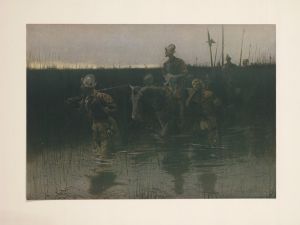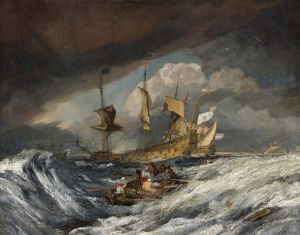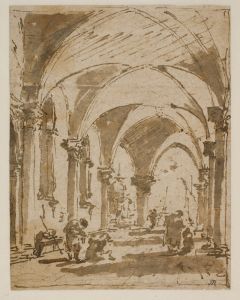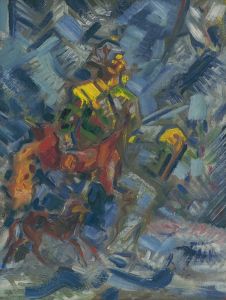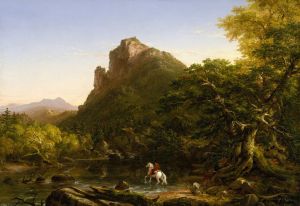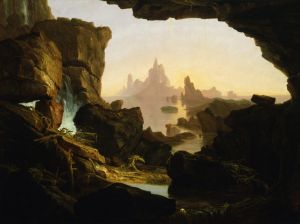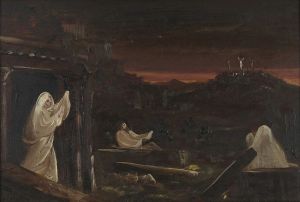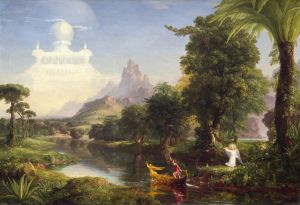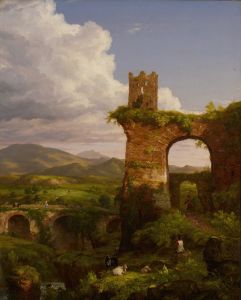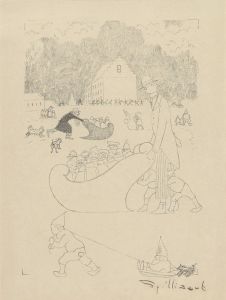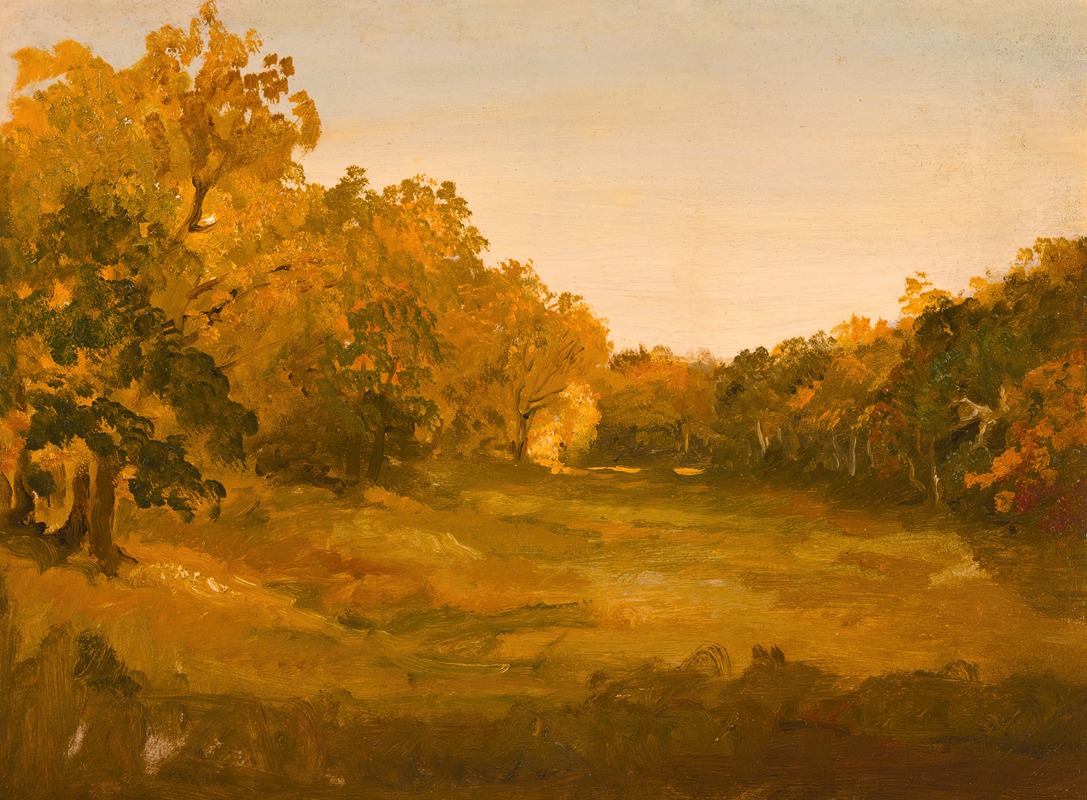
Landscape
A hand-painted replica of Thomas Cole’s masterpiece Landscape, meticulously crafted by professional artists to capture the true essence of the original. Each piece is created with museum-quality canvas and rare mineral pigments, carefully painted by experienced artists with delicate brushstrokes and rich, layered colors to perfectly recreate the texture of the original artwork. Unlike machine-printed reproductions, this hand-painted version brings the painting to life, infused with the artist’s emotions and skill in every stroke. Whether for personal collection or home decoration, it instantly elevates the artistic atmosphere of any space.
Thomas Cole was a prominent 19th-century American painter known for his role as a founder of the Hudson River School, an art movement celebrated for its realistic and detailed portrayal of American landscapes. While Cole's oeuvre includes many notable works, there is no specific painting titled "Landscape by Thomas Cole" that stands out as a singular, recognized piece within art historical records. However, Cole's body of work is rich with landscape paintings that capture the natural beauty and grandeur of the American wilderness.
Thomas Cole was born in 1801 in Bolton-le-Moors, Lancashire, England, and emigrated with his family to the United States in 1818. He initially settled in Ohio, where he began his artistic career as an engraver. Cole later moved to Philadelphia and then to New York City, where he gained recognition for his landscape paintings. His work was characterized by a romantic portrayal of the American landscape, often infused with allegorical and moralistic themes.
Cole's landscapes are renowned for their meticulous attention to detail and their ability to convey the sublime beauty of nature. He often depicted scenes from the Hudson River Valley and the Catskill Mountains, capturing the dramatic interplay of light and shadow, the lushness of the forests, and the majesty of the mountains. His paintings frequently included elements such as rivers, cliffs, and expansive skies, which he used to evoke a sense of awe and wonder.
One of Cole's most famous series is "The Course of Empire," a five-painting cycle that explores the rise and fall of a civilization. This series reflects Cole's interest in the cyclical nature of history and the impact of human activity on the natural world. Another significant work is "The Oxbow" (1836), which depicts a panoramic view of the Connecticut River Valley and is often interpreted as a commentary on the tension between wilderness and civilization.
Cole's influence extended beyond his own paintings; he was a mentor to several other artists, including Frederic Edwin Church and Asher B. Durand, who became leading figures in the Hudson River School. Through his work and mentorship, Cole helped to establish a distinctly American style of landscape painting that celebrated the unique beauty of the country's natural environment.
In summary, while there is no specific painting titled "Landscape by Thomas Cole" that can be highlighted, Thomas Cole's contribution to American art is significant through his numerous landscape paintings that capture the essence of the American wilderness. His work remains an important part of American art history, reflecting both the beauty of the natural world and the cultural values of his time.






